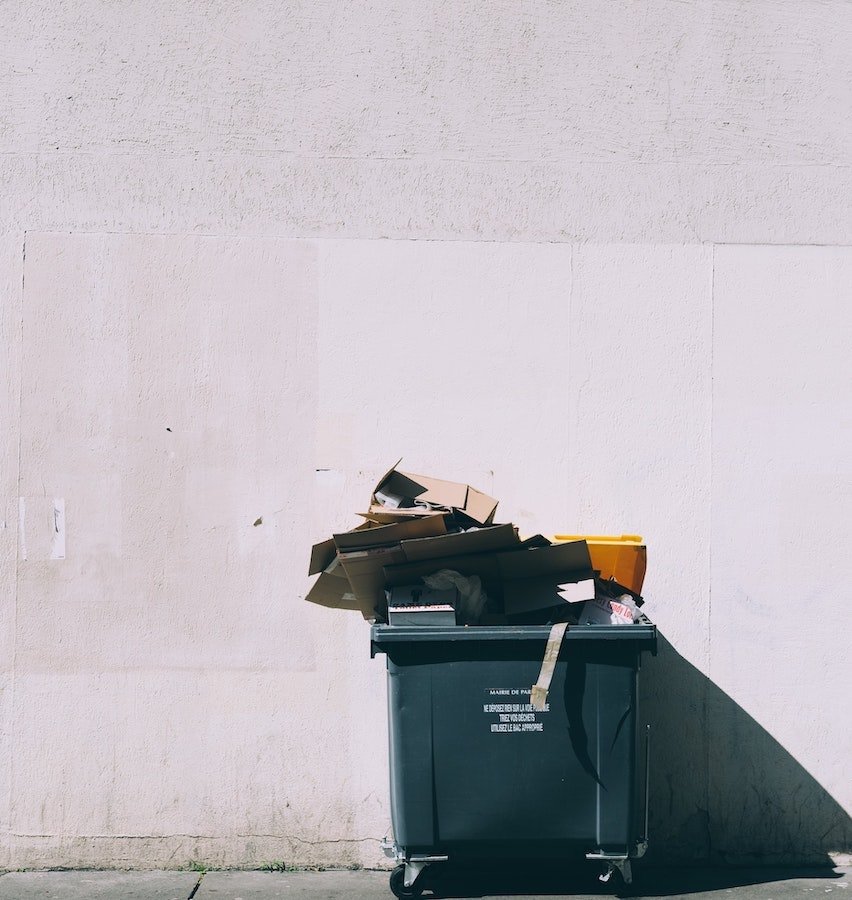
How To Recycle Home Goods & Electronics
Recycling Beyond Bottles & Cans
So you’ve got your recycling system dialed in, you’ve reduced plastic from your beauty routine, and you shop secondhand for most of your clothes. Up next? Responsibly disposing of home goods and electronics.
Yet, simple solutions for how to properly recycle these products evade us for good reason: It’s truly not that easy. The United Nations reports that of the millions of tons of e-waste that is discarded (as much as 50 million tons a year), less than 20 percent of it is recycled correctly—that’s not counting the large number of home goods that are sent to landfills as well. According to the report, “Global e-waste production is on track to reach 120 million tonnes per year by 2050 if current trends continue.”
In light of those numbers, we are encouraged by pioneering companies taking the lead to help you safely recycle and repurpose unwanted home goods and electronics. Read on to get the quick and dirty guide on how to be a more mindful post-consumer.
How to Recycle Electronics
Let’s start with the trickiest one first: electronics, which is also referred to as e-waste. Old cellphones, laptops, and gadgets are often sent to landfills, leaving the reusable products within them (gold, silver, copper, plastic, metal, and glass, to name a few) to languish as well. While the opportunity to reuse and renew those raw materials is lost, many electronics also contain chemicals that are harmful to people and the environment—so don’t throw them in the trash.
If you’re upgrading or sorting through a pile of e-waste, try this systematic approach to help you discern which is the best way to properly dispose of your products.
Return it to the manufacturer. The cardinal rule (well, it’s a cardinal rule now) of recycling electronics is to check with the manufacturer or company first. There’s a good chance that the maker of your device has a recycling program that will happily take back their own products. Big brands like Dell, Apple, Canon, LG, Samsung, Sony, HP, Sprint, and even Amazon accept old e-waste. Here’s the contact info for recycling your old iPhones. Some box stores will also take back electronics. Best Buy is great at this, and they will even haul away large items (like TVs) and recycle them for you if you buy something new.
Check with your city. Local municipalities can be a great resource to safely recycle e-waste. Log on to your Waste Management’s website for information on how, where, and what you can recycle in your own city.
Bring it to an e-waste recycler. One of the biggest organizations, Call2Recycle will responsibly dispose of old batteries and cellphones nationwide. Go to their website to find a drop-off location near you (they’re in Lowe’s, Home Depot, and Staples), which the organization states are within 10 miles of 87 percent of people in the US.
Donate your electronics. A stellar option for working and sometimes non-working electronics is to donate them. Some brands have programs that accept their old electronics as donations, and there are plenty of organizations in your area that do the same. Likewise, try your local swap group or Facebook marketplace, noting that you are giving away your electronics to anyone who needs them for parts. Like they say, one person’s trash is another person’s treasure.
How to Recycle Home Goods
Thankfully, many home goods don’t conceal hazardous waste or valuable raw materials in the same way electronics do. This makes them less of a chore to recycle, but the category can be quite vague. Exactly what kind of home good you are trying to recycle is specific to you. Since they run the gamut from sofas to silverware, it’s challenging to provide a few easy answers for how to recycle home goods.
Here are some helpful tips for parsing through a varied collection of unwanted home goods and what to do with them:
Is it swappable or resellable? Assess the condition of the item to determine if it might still have value to someone else. If so, consider donating, swapping, or reselling on an online marketplace (think: Craigslist, Facebook Marketplace, Freecycle etc.). Shop around and talk to friends, family, co-workers or community members to see if anyone might have a use for _____. Doing so will give it a second life, and that is always the best option, even before recycling.
Consider composting. Your first thought when ridding yourself of home goods may not be the compost… but it could be. For example, a wooden dish brush with natural bristles can break down into organic matter, or unstained all-natural textiles can be cut up and added to the pile. Unsure? Give it a quick web search first before chucking it into the bin.
Upcycle or repurpose it. To truly limit and even avoid creating additional waste, think of ways to give your product a second life. Be thrifty with existing items so you don’t have to buy new—or can at least avoid sending them to landfills. This may feel a bit ambitious, but it can also be a fun and budget-friendly way to get more creative.
Check with the brand, seller, or manufacturer. A similar solution to the e-waste conundrum is to check and see if the brand or seller accepts old items back for recycling. You might not always strike gold, but it never hurts to try.
Find a recycling program. Permanently disposing of your item is always last on the list. After considering the other four options, you may still have to find a way to recycle your home goods. In that case, Recycle Nation or your local Waste Management are by and large the most effective ways to do so.
Do you have tips and tricks for recycling e-waste and home goods? Share your experiences in the comments below. ♻️
Katherine Englishman is a freelance writer based in beautiful southern Maine with her growing family. She focuses on travel, design, sustainability, and lifestyle, and has written for Outside Online, Field Mag, Food52, Maine Magazine, and Mother Mag, among others.




